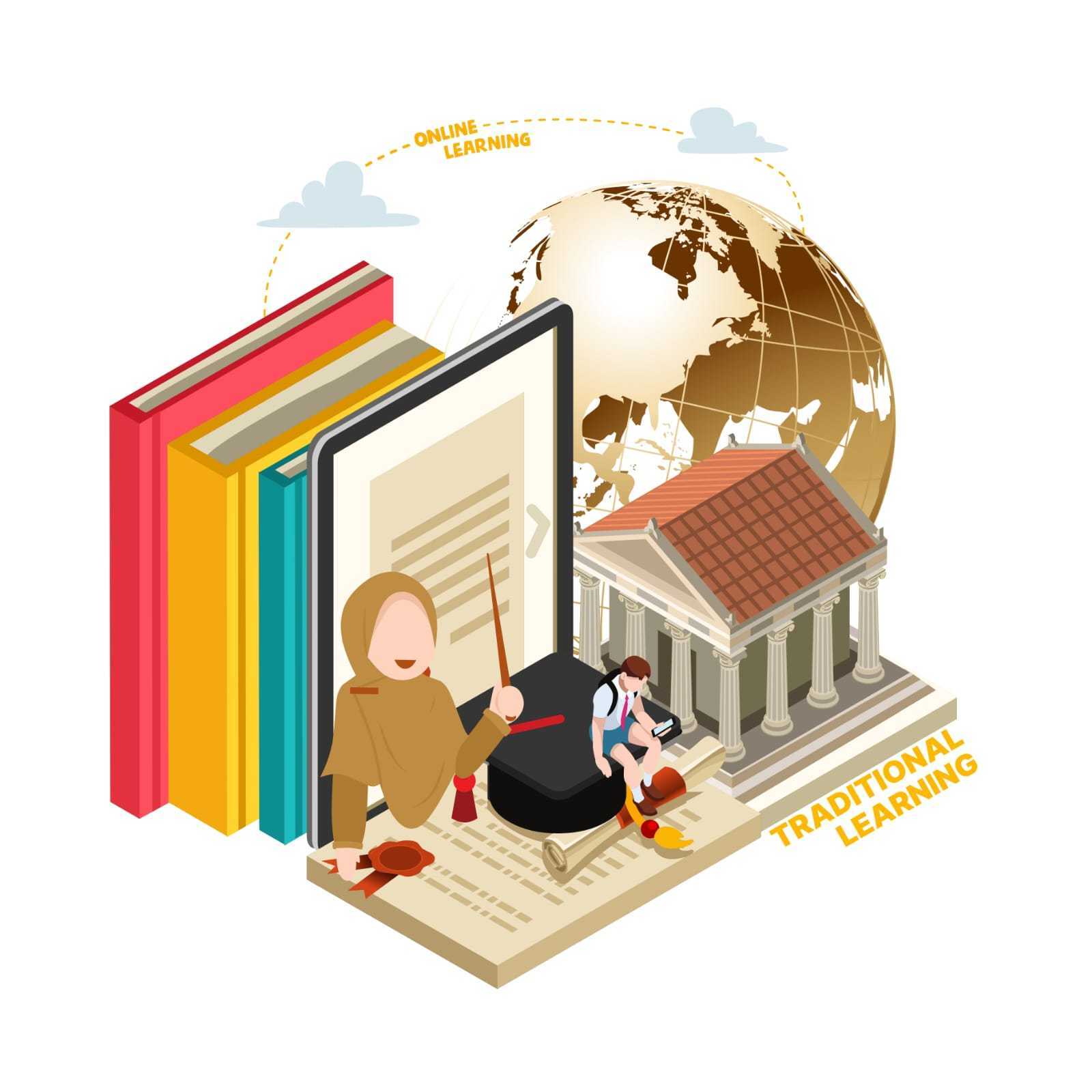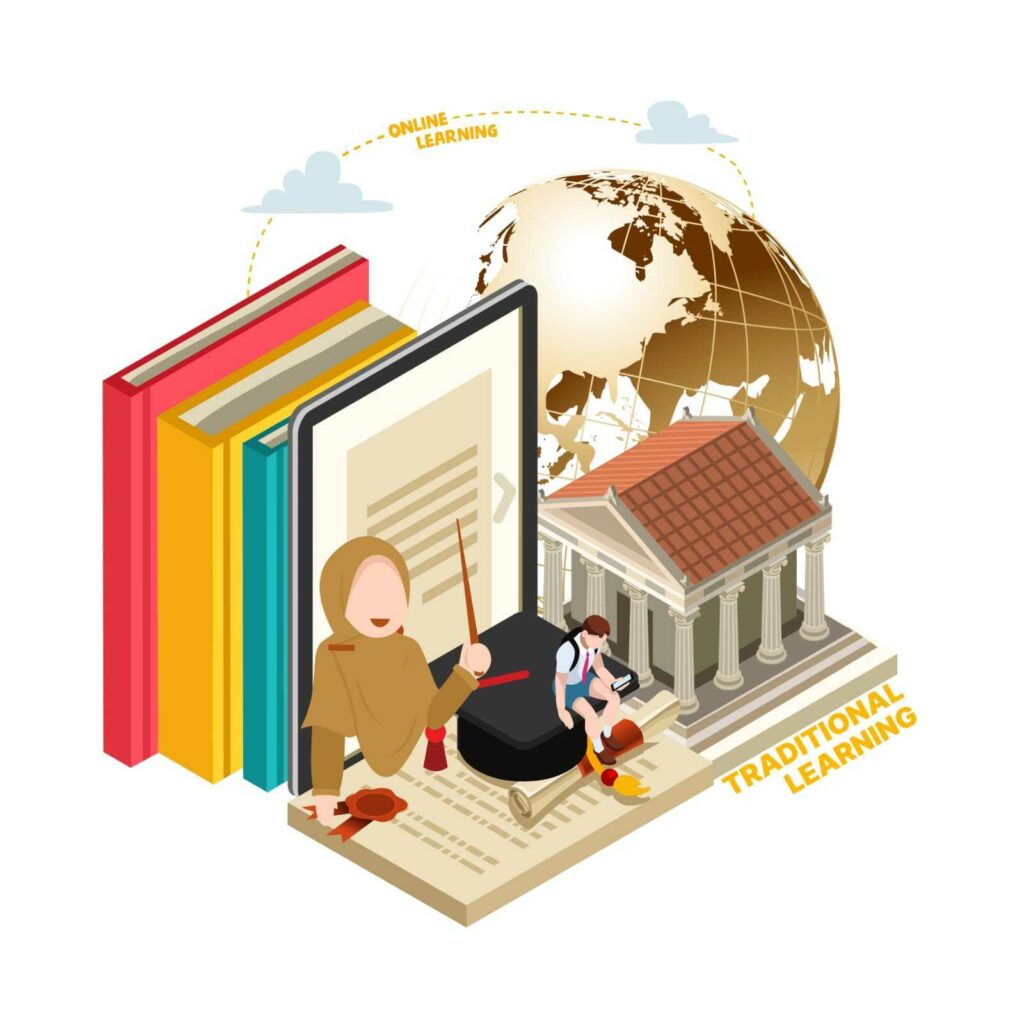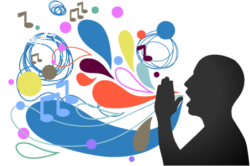Traditional Education: Unveiling the Pros and Cons of the Classic Approach
 Posted On
Posted On

Introduction :
“Education is not the filling of a pail, but the lighting of a fire.” – William Butler Yeats
Education, the cornerstone of society, has taken various forms throughout history. In today’s rapidly evolving world, it’s essential to examine the pros and cons of traditional education. So, fasten your seatbelts as we embark on a journey to explore the nuances of the classic approach to learning!
Section 1: The Timeless Advantages of Traditional Education
When it comes to traditional education, some merits have stood the test of time:
1. Foundation of Discipline: Traditional education instills discipline and structure, providing students with a routine that cultivates time management skills and a sense of responsibility. The fixed schedules, strict deadlines, and in-person interactions create an environment conducive to learning.
2. Face-to-Face Interaction: In a traditional classroom setting, students and teachers engage in face-to-face interactions, fostering social and communication skills. These personal connections build a sense of community and support, enabling collaborative learning and valuable mentorship opportunities.
Example: Imagine a lively classroom discussion where students exchange diverse perspectives, challenging and expanding their knowledge beyond textbooks.
Section 2: The Shadows Cast by Tradition
However, traditional education has its fair share of challenges :
1. One-Size-Fits-All Approach: In a traditional classroom, teachers often follow a standardized curriculum, leaving little room for personalized learning. This approach may hinder students with different learning styles, interests, or paces, impeding their full potential.
2. Limited Access and Flexibility: Traditional education has geographical and logistical limitations, restricting access to quality education for some students. Additionally, rigid schedules may clash with individual circumstances, such as work or personal commitments.
Example: A student with a unique passion for coding may struggle to explore advanced programming languages not covered in the traditional curriculum.
Section 3: Blending Tradition with Innovation
The future of education lies in a harmonious blend of traditional and innovative approaches:
1. Blended Learning: Integrating technology with traditional education allows for personalized, self-paced learning experiences. Digital tools, online resources, and virtual classrooms supplement traditional methods, catering to diverse learning styles and expanding educational opportunities.
2. Flipped Classrooms: In a flipped classroom, students access lecture materials online, enabling more classroom time for interactive discussions, problem-solving, and hands-on activities. This approach enhances engagement and empowers students to take ownership of their learning.
Example: Students watch video lectures at home and collaborate on real-world projects in the classroom, applying knowledge and developing critical thinking skills.
Conclusion :
As we navigate the vast landscape of education, acknowledging the pros and cons of traditional education is crucial. While it fosters discipline and personal connections, it may limit individualized learning and accessibility. Striking a balance between tradition and innovation paves the way for a dynamic and inclusive education system.
Remember, education is not a static concept, but a continuous evolution. Embracing the best of both worlds, we can shape a future where students thrive, fueled by the wisdom of the past and the possibilities of tomorrow.
So, let’s march forward, innovating, adapting, and transforming education into an empowering journey for all!


